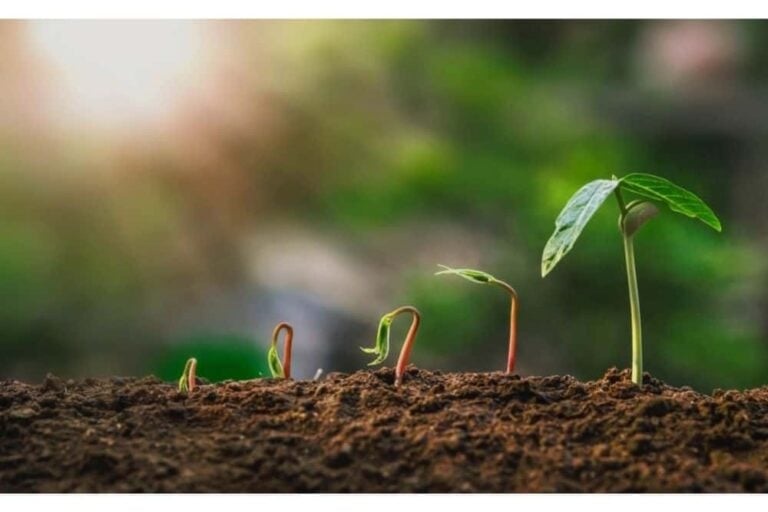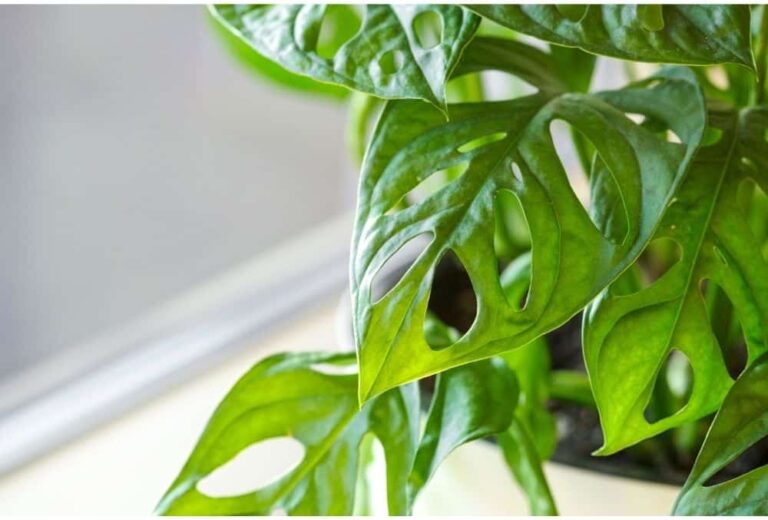Ways to Care for Your Weeping Fig
The weeping fig is one of the most beautiful members of the ficus family. It is also arguably the most temperamental. One small adjustment to its environment could startle the tree badly, to the point where it drops its leaves and starts growing new ones – this includes something as innocuous as turning the planter. However, with proper watering, lighting, and an acknowledgement of its sensitivity, these beauties can mature to a 10-foot tall natural statement in your home or office.
A Bold, Beautiful House Plant
If you’re looking to make a statement with a house plant, a weeping fig may be precisely what you’re looking for. Equipped with dark, glossy leaves and an ability to grow to 10 feet indoors, this imposing member of the ficus family is practically made to be a visual focal point for any room in your home.
Scientifically known as a Ficus Benjamina, this plant is also quite versatile from an aesthetic standpoint. Clever growers will occasionally braid the tree’s trunks, giving the tree a dramatic topiary look that can attract even more attention.
Video Presentation: The Ins and Outs of a Weeping Fig
The weeping fig can be a gorgeous plant to have in your home. Because they’re from the temperamental ficus family, it’s important that you know the basics about the tree from front to back. This video does a solid job of showing you the ropes regarding this magnificent diva.
https://youtu.be/VC3zdjX7oRA
Getting Started: What You Need to Know
There are a couple things you should know before you bring a weeping fig into your home. Firstly, don’t expect these plants to fully flourish quickly. While they grow at a steady pace, it will takes a few years for a small, young tree to reach its full size, so patience is a prerequisite.
The second thing you must know is that this plant tends to be a prima donna that’s notoriously fickle. This is not too surprising, since it is a member of the ficus family. However, it’s important to know about its temperament if you’re not used to dealing with ficuses, because its nature requires that you care for it with kid gloves.
The Importance of Placement
Arguably, the most important decision about growing a weeping fig happens before you bring it into your home. It’s imperative that you decide where your plant is going to reside, and then stick to this decision as firmly as possible.
The reason for this is directly linked to the weeping fig’s temperamental nature. The plant does not react well to being moved around, and will respond by dropping its leaves to make new ones. While the reason for this is born from confusion on the plant’s part as opposed to it being a straight-up diva, it’s a reaction that could lead to a bare, unappealing plant.
The optimal place to plant your plant would be in a spot that would allow the weeping fig plenty of room to grow, as it can reach 10 feet in a confined setting. You should also make sure it has bright yet indirect light, and should not be placed near an open window where drafts could occur.
Lighting and Temperature Needs
Like most plants, hitting your weeping fig with direct sunlight is a bad idea. However, it’s in your best interest to keep the indirect light that you shine on your plant to be as consistent as possible. Even if it’s a little on the low side, the weeping fig will acclimate to the condition – a whole lot better than it would acclimate to a sudden burst of brightness.
As far as temperature goes, as long as the room it’s in is above 59 degrees Fahrenheit, it will have no problem growing. However, make sure that you don’t subject it to sudden gusts of cold or bursts of heat. This instant fluctuation will freak the tree out, and it will respond by dropping its leaves.
Watering the Weeping Fig
Although the weeping fig is overly sensitive in a lot of areas, it offers a surprising amount of leeway when it comes to watering. If you occasionally overwater or underwater the plant, it will forgive you as long as you don’t make it a recurring habit.
That said, you should make sure your weeping fig’s soil is consistently moist. If it’s dry, then it’s time to water. You can check to see if it’s dry by sticking your finger in the soil; if it comes out cleanly with no clinging dirt, grab you watering apparatus. Of course, you shouldn’t turn it into a muddy quagmire, either.
If you’re watering the weeping fig on a consistent basis, you won’t have to worry about humidity like you may with other plants. You could use tactics to increase or decrease the humidity if you find yourself dropping the ball on the amount of water you’re giving your plant, but it’s in your best interest to learn how to water properly.
What About Re-Planting?
If you get your weeping fig at a young age, you should count on re-potting the plant every year or so until it matures to the size you want. This can be a delicate process, given the fickle nature of the plant, but it is a maneuver that is necessary if you want a big, beautiful plant.
This should really be the only time you manipulate the weeping fig. Even so much as turning the base of the pot that it’s in can be enough to startle it, which could cause a rain of detached foliage to occur.
Its tendency to shed leaves at the drop of a hat may be the source of frustration at first. However, once you get the hang of dealing with its eccentricities, you’ll find that a weeping fig is one of the most beautiful plants you can introduce into your home. It may feel like an uphill battle, but it’s worth it in the end.
Photo by Brisbane City Council Licensed Under CC BY 2.0


